
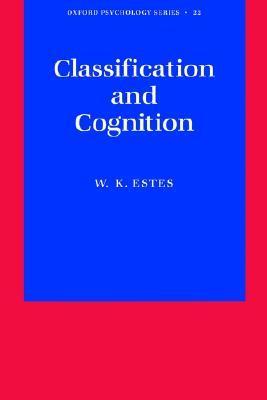

Books in series

Attention and Memory
An Integrated Framework
1995

Classification and Cognition
1994

Elements of Psychophysical Theory, Oxford Psychology Series
1985
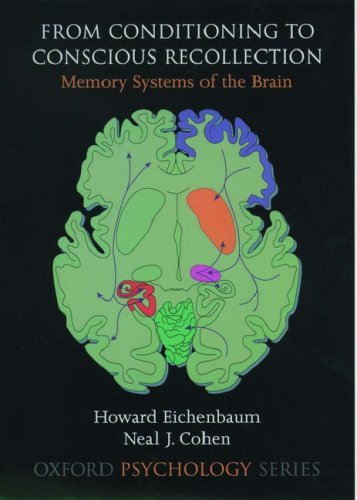
From Conditioning to Conscious Recollection
Memory Systems of the Brain
2001
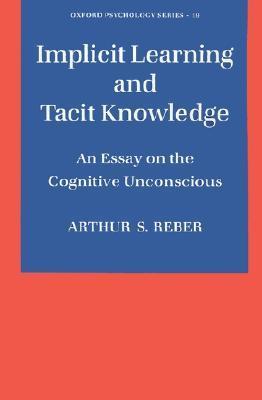
Implicit Learning and Tacit Knowledge
An Essay on the Cognitive Unconscious
1993

Looking Down on Human Intelligence
From Psychometrics to the Brain
2000
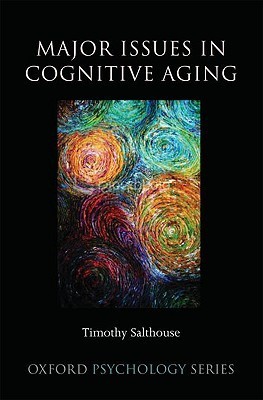
Major Issues in Cognitive Aging
2010

Memory, Imprinting and the Brain
An Inquiry into Mechanisms
1985

Mental Representations
A Dual Coding Approach
1986

Motor Cognition
What Actions Tell to the Self
2006

Perceptual and Associative Learning
1991

Perceptual Consequences of Cochlear Damage
1995

Principles of Visual Attention
Linking Mind and Brain
2008

Profile Analysis
Auditory Intensity Discrimination
1987

Response Times
Their Role in Inferring Elementary Mental Organization
1986
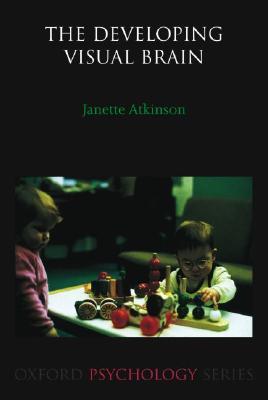
The Developing Visual Brain
2000

The Frontal Lobes and Voluntary Action
1993
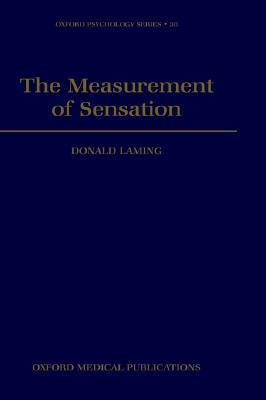
The Measurement of Sensation
1997
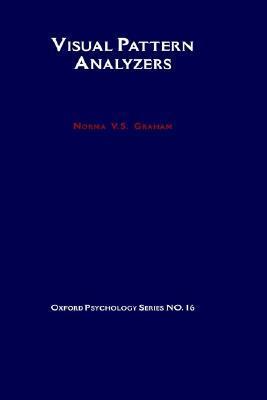
Visual Pattern Analyzers
1989

Visual Reflections
A Perceptual Deficit and Its Implications
2009

Visual Stress
1995

Vowel Perception and Production
1994

What is Special About the Human Brain?
2008
Authors
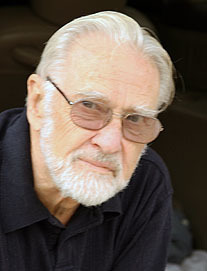
R.Duncan Luce is Distinguished Research Professor of Cognitive Science and Research Professor of Economics at the University of California, Irvine. From Wikipedia: Robert Duncan Luce (born May 16, 1925) is the Distinguished Research Professor of Cognitive Science at the University of California, Irvine. Luce received a B.S. in Aeronautical Engineering from the Massachusetts Institute of Technology in 1945, and PhD in Mathematics from the same university in 1950. He began his professorial career at Columbia University in 1954, where he was an assistant professor in mathematical statistics and sociology. Following a lecturership at Harvard University from 1957 to 1959, he became a professor at the University of Pennsylvania in 1959, and was awarded the Benjamin Franklin Professorship of Psychology in 1968. After visiting the Institute for Advanced Study beginning in 1969, he joined the UC Irvine faculty in 1972, but returned to Harvard in 1976 as Alfred North Whitehead Professor of Psychology and then later as Victor S. Thomas Professor of Psychology. He was elected to the National Academy of Sciences in 1972 for his work on fundamental measurement, utility theory, global psychophysics, and mathematical behavioral sciences. In 1988 Luce rejoined the UC Irvine faculty as Distinguished Professor of Cognitive Sciences and (from 1988 to 1998) director of UCI's Institute for Mathematical Behavioral Sciences. He received the 2003 National Medal of Science in behavioral and social science for his contributions to the field of mathematical psychology. Contributions for which Luce is known include formulating Luce's choice axiom formalizing the principle that additional options should not affect the probability of selecting one item over another, defining semiorders, introducing graph-theoretic methods into the social sciences, and coining the term "clique" for a complete subgraph in graph theory.